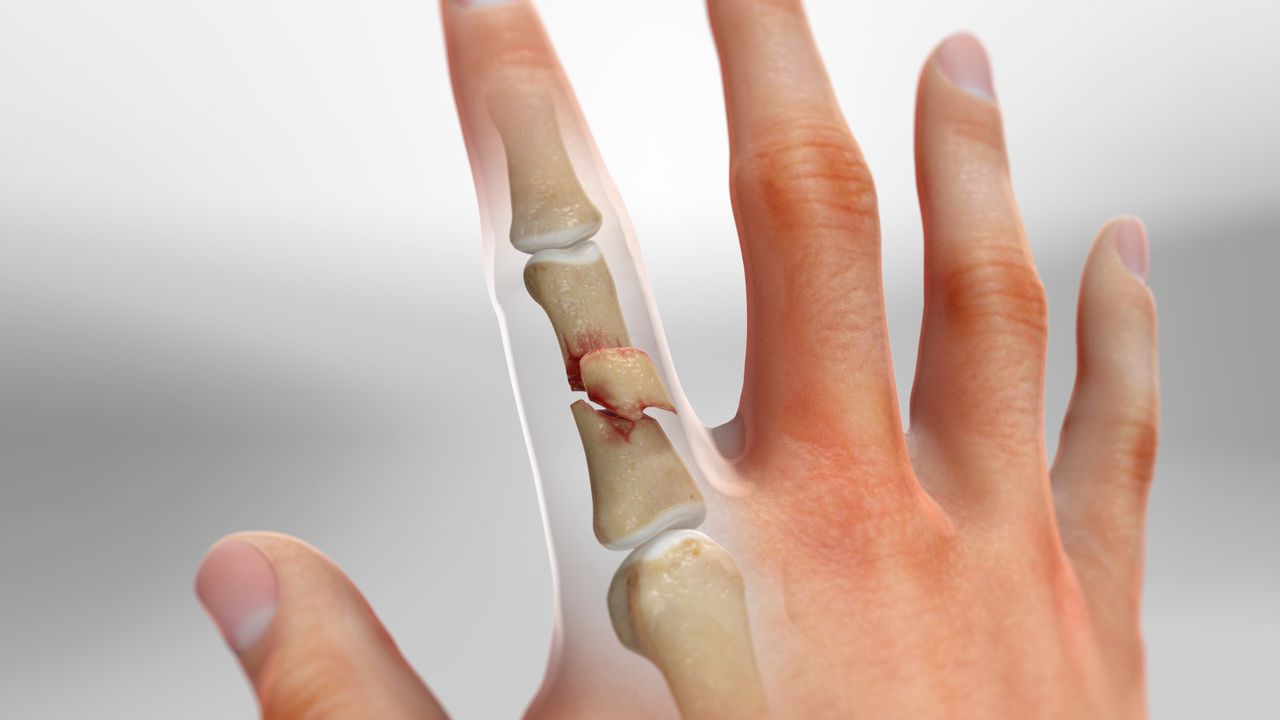Timings
Evercare Hospital Lahore
- Monday - Thursday (11 am - 01 pm)(07 pm - 09 pm)
- Friday (02 pm - 05 pm)(07 pm - 09 pm)
- Saturday (04 pm - 06 pm)
Contact Info
- Phone: 03060603646
- Whatsapp: 03060603646
- Email: Info@drwaqasjavedorthopedics.com
Fractures Around Hand

Hand fractures are common injuries that can significantly affect hand function and daily activities. They can occur in the small bones of the fingers (phalanges) or the long bones within the palm (metacarpals). These fractures are often seen in athletes, individuals with osteoporosis, and as a result of accidents or falls.
Anatomy of the Hand
The hand is a complex structure comprising 27 bones: the phalanges in the fingers, the metacarpals forming the palm, and the carpal bones in the wrist. These bones are connected by joints and supported by ligaments, tendons, and muscles, enabling a wide range of movements and functions.
Types of Hand Fractures
Phalangeal Fractures:
- Injuries to the finger bones.
- Can range from minor cracks to complete breaks.
Metacarpal Fractures:
- Fractures in the bones of the palm.
- Commonly involve the neck of the metacarpal, especially in the little finger.
Symptoms of Hand Fractures
- Sharp pain at the injury site.
- Swelling and bruising.
- Deformity, such as a bent finger.
- Reduced range of motion or inability to move fingers.
- Tenderness and increased pain during movement.
Diagnosis of Hand Fractures
- Thorough physical examination by a healthcare provider.
- X-rays to determine the extent and exact location of the fracture.
- Additional imaging tests like CT scans or MRI may be required for complex fractures.
Treatment Options
Nonsurgical Treatment:
- Immobilization with splints or casts to keep the bones in proper alignment.
- Pain management with medications and ice application.
- Finger or hand exercises may be recommended to prevent stiffness.
Surgical Treatment:
- Required for severe fractures, where bones are misaligned or have broken through the skin.
- Techniques include the use of pins, screws, or plates to stabilize the bones.
- Followed by rehabilitation to restore function.
Recovery Process
- Healing time varies depending on the severity of the fracture and the treatment method.
- Nonsurgical recovery may take 3 to 6 weeks, while surgical recovery may be longer.
- Physical therapy is often necessary to regain strength and flexibility.
Importance of Proper Management
Proper treatment and rehabilitation of hand fractures are critical to restoring hand function and preventing long-term problems like arthritis, chronic pain, or deformity. It’s crucial for patients to follow their healthcare provider’s instructions and engage in prescribed rehabilitation exercises. Early intervention and dedicated care are key to achieving the best possible outcome and returning to normal activities.

Conditions I Treat

- Knee Injuries
- Orthopedic Infections
- PCL Injuries
- Multi-ligament Injuries
- Joint Replacement
- Kneecap Dislocations
- Knee Replacement
- Sport Injuries of Knee
- Lower Limb Fractures
- Hip Injuries
- Hip Replacement
- Back Pain
- Shoulder, Elbow, Wrist
- Upper Limb Fractures
- Neck Pain